[Vuna Road is only a dozen kilometres long, but it encompasses all of the contradictions of the Kingdom of Tonga. Vuna runs along the waterfront of Nuku'alofa, Tonga's capital and only city, from the suburb of Sopu, where palangi diplomats and local businessmen have built large homes and walled compounds, past bars, restaurants, and a series of wharves and berms that double as marketplaces, to Patangata, a shantytown built on a sandspit by economic refugees from Tonga's outer islands.
Commerce brings the different populations of the waterfront into contact. At improvised stalls set up on the sides of Vuna Road, fishermen and carpenters from Patangata sell fresh octopi and carved ika to Australasian diplomats and elderly Americans disgorged from cruise ships. On weekends, middle class Nuku'alofans park their SUVs and buy kava from relatives who have driven dented utes in from the countryside.
Recently, though, Tonga's government announced plans to regulate and segregate the entrepeneurs of Vuna Road. It told stallholders to stop trading from the grassy edges of the road, and instead conduct business from a new 'marketplace' that consists of a few hundred square metres of of crushed coral rock surrounded by wire fences. This hot and treeless space has been named 'the cage' by Nuku'alofans. In a paper that she gave at last week's Human Rights in the Pacific conference at Albany Massey University, Teena Pulu Brown, who is a senior lecturer in Maori and Indigenous Development at AUT University, made the 'cage' on Nuku'alofa's waterfront into a metaphor for Tongan society in the second decade of the twenty-first century.
Brown delivered her paper with journalist Richard Papamatautau, who accompanied her on a recent visit to Tonga to observe the country's general elections. After putting Tonga into its regional context, Brown's paper describes the action, and sometimes the lack of action, during an electoral contest whose outcome remains uncertain. After I apologised to her for missing the conference, Brown was kind enough to send me a text of 'Who's who in the zoo?', and to let me publish it here. ]
Who’s who in the zoo? Tonga election 2014
Movember was a hairy month. It made “the poor state of men’s health due to lack of awareness” go from bad to worse (Movember New Zealand, 2014). There was Tony Abott’s koala summit (Lavelle, 2014). What was that all about? The G20 countries acting for “two-thirds of the world’s population, 85 per cent of global gross domestic product and 75 per cent of global trade” landed in Brisbane to talk shop (G20 Australia, 2014a). Pacific Island states stood for the one-third that didn’t get a look in, which was customary. The Trans Pacific Partnership evaded the regional radar of Pacific Island governments. No political head uttered it was about “investor rights not free trade,” of which they didn’t have any (Lennard, 2014). But when Australia’s Prime Minister erased climate change from the G20 talk-fest because it stymied economic growth, and Pacific Island leaders said niente, nichts, nada, nichego to the European Union bankrolling climate funds, something, somewhere, was disconnected.
A few days after global trade stormed the global South, Will Ilolahia of Auckland got on Radio Australia. The tide turned to Pacific Island politics. A week off from 50,405 Tongan voters electing seventeen people’s representatives to parliament was an opportune time to wave a red flag at the Tongan state, Will thought (Matangi Tonga, 2014). He was right and wrong, which was typical. Will had gotten his protestor skills as a young Polynesian Panther of 1970s inner-city Auckland. This was his urban Polynesia edge. Different to community leaders his age, migrants who spoke English with a Dongan accent and socialised in Tonga not to rumble with authority, Will got in the state’s face. “Those of us who actually hold Tongan passports we’ve been quite concerned, and we raised it with some of the members, why can’t we be like other democracies [and] be able to vote because after all, a lot of us overseas Tongans provide Tonga with a significant amount of income in regard to remittances and other important things that we do for the Kingdom. Areas of expertise by overseas Tongans should be taken into account but the hierarchy and administration is always done by the locals who, to be straight up, I don’t think they see past the island itself when we are becoming a global force. Millions of dollars is remitted back to Tonga, more than what they earn in their exports” (Hill, 2014a).
‘Aminiasi Kefu, Tonga’s attorney general quashed any whiff of an overseas uprising. “[We] just simply can’t afford to set-up voting from outside because it would have to cover Australia, Japan, France, the UK, the US, and the Tongans [are] basically everywhere. That would just be a logistical nightmare and also, we need a lot of resources.” (Pulu, 2014).
Meanwhile in New Zealand, the colonial propaganda wars had resumed. Whether 1840 Maori chiefs ceded sovereignty by signing a Treaty with the Queen of England was disputed. John Key had an opinion. New Zealand’s Prime Minister thought the colony was settled peacefully. He was mistaken and shameless, which was characteristic.
“In my view New Zealand was one of the very few countries in the world that were settled peacefully. Maori probably acknowledge that settlers brought with them a lot of skills and a lot of capital” (Stuff NZ, 2014; Waatea News, 2014). He should have put it in context: Maori acknowledge settlers brought skills and capital they used against them.
In Nadi, Fiji, Pacific Island heads of government gathered to pivot and prostrate to China. President Xi Jinping performed a declaration: “We feel a natural kinship with each other.” “The vast Pacific Ocean links China, Fiji and other island countries and, indeed, our hearts close together” (Fox, 2014; China Embassy, 2014; Jinping, 2014). Three days prior, India’s Prime Minister Narendra Modi repeated the rhetoric in Suva: “This is a region that is important to us. There is a lot we can do for these nations” (Modi, 2014).
The world’s largest ocean was vital to Chinese, Indian, and Russian navies upgrading their Pacific fleets and dependent on open lines of communication and ports of access for deep penetration in the remote South, which was proving to be no longer a Western sphere of influence. With “our hearts close together” in “a region that is important to us,” China, India, and Russia spun polished stories to get inside sea borders of South Pacific security (Jinping, 2014; Modi, 2014).
The Pacific Islands’ region had joined hands in an ancient circle dance. They had returned home to the Austronesian family of languages of South East Asia, Madagascar, and Oceania, and were singing for Live Aid as the world’s 21st century dependent relatives. On November 27th 2014 the Tonga election intensified the country’s bipolar condition. People were attached to, and cut off from, the region’s global-scape. Many assumed “politics [was] not a priority for youth” (Tonga Daily News, 2014a). High school youth had their faces blacked out in media as lean, mean, bare foot brawlers outrunning flabby cops who looked like contenders for a United Nations non-communicable disease list, not that there was a national register, but not that the Tongan state wouldn’t formulate a fat people’s file for funding.
“What are solutions for problems [like] committing suicide?” Questions were put to parliamentary candidates at a youth event bankrolled by the United Nations Democracy Fund that attracted few young people. The response was holey with an e implying worn and leaky, not the holy with a y suggesting divine and flawless. “Youths nowadays should try to accept God, fully repent from sin and everything will be clearer.” (Tonga Daily News, 2014a).
How will Tonga solve youth unemployment? “Youths are lazy because of their attitude.” “Weaving mats and display it in stores will help to push youths [to] see that [it is] important.” (Tonga Daily News, 2014a).
With 8,175 new voters aged 21 to 35, the mentality that “youths are lazy” and need to “accept God [and] repent from sin” did zilch to elevate this voting bloc’s value by saying young people have rights to inclusion (Tonga Daily News, 2014a, 2014b). Young people’s voice and visibility didn’t matter, and they showed it by not giving a rat’s ass.
“Are you half caste?” “My grandfather was European. But I’m Tongan like you.” “I can see you Palangi. Are you half Tonga? Are you sure?” inquired the cleaner with bucket and mop in hand. She gazed at the exotic hybrid exiting my hotel room with money in pocket for overpriced coffee at a town café. In town, I was fenced by one block of cafés and bars for foreigners who paid cash or credit for food and alcohol, but spared no coins on poor beggars pestering them for change. In town, I didn’t have to play the hotel half cast watching Tongan women clean, cook, and serve white tourists in strained English, clumsy manners, and frayed uniforms stitched up with black cotton. In town, I could pretend the cage wasn’t fragile. I asked my colleague Richard to do fieldwork for a co-authored article. A journalism academic, he had been Radio New Zealand’s Pacific correspondent covering the 2010 vote, and state funerals of father and son monarchs, Tupou the fourth and George Tupou the fifth. Richard knew how Tonga rolled out election pageantry brimming with brass parades and car-cades that could not conceal families with children manning road side stalls for twelve hour shifts. He understood I was tied to political actors, drenched in the politicking, gagging to get breathing distance from the field.
While Richard was doing fieldwork, my job as an anthropologist, I thought I’d be a Facebook journalist back at the hotel. I posted photographs with news captions. “The Cage. The outgoing Tu’ivakano government wants to capture street vendors selling vegetables, firewood, and seafood on Vuna Road in this cage and charge them a fee to sit in the hot sun, uncovered, without shelter or access to running water and an ablution block peddling their poor people’s goods.”
No one liked my investigative reporting. I tried live commentary from the field. “Top end of Vuna Road by the Palace was cordoned off last night when I was driving back from town and it’s still blocked this morning. I was going to drive through the cones. King Tupou the sixth is here at the Palace, which is why this part of the road was closed to the public. Why? Do the common people have ebola?” (Brown Pulu, 2014a). My Tongan Facebook friends with European ancestry liked the angle so I played it loud like a broken ukulele. “Watched a rusted old truck from the Sopu end of Vuna Road drive around the barrier and straight through to town. Go the commoners! Half cast has more appeal. I have an escape route out of Tongan commoner jail by motioning that the other half points to European ancestry. Be jealous of me too! I ain’t royal and I ain’t no goddam commoner with ebola. I am mean. I am speaking from my British and Dutch side. Blame that part of my mixed-up racial, ethnic, and cultural background.” (Brown Pulu, 2014a).
I was uncoordinated piecing it together. Journalists Pesi Fonua and Kalafi Moala told New Zealand media the election was peaceful. It wasn’t. It was pensive. Young people brooded that job chances were grim. Families fretted that scrapping together an evening meal could worsen. Many didn’t vote because it made no difference to them who was in government.
Back in New Zealand after election week, Ma’afu texted me. Outgoing Minister for Lands and a high-ranking noble re-elected to parliament, I picked a fight with him in Tonga and came off second best. His message beckoned me to bury the bush knife and relate.
“If the Nobles support Vaea, [I] am crossing the floor” (Ma’afu, 2014). I nearly died. Read the one-liner dazed: Ma’afu was “crossing the floor?” Is he drunk? I grappled to take in that this noble might actually cross the parliamentary floor to support the nomination from the people’s representatives for Tonga’s Prime Minister. The noble Ma’afu was doing democracy. Why was it hard for me to accept that? What double standards I had.
References
Brown Pulu, T. (2014a). Facebook Post, Nuku’alofa, Tonga, November 29.
Brown Pulu, T. (2014b). Facebook Post, Auckland, New Zealand, December 1.
Callick, R. (2014). Fijian stopover as Narendra Modi and Xi Jinping charm Pacific. The Australian, Melbourne, Australia, November 21.
China Embassy. (2014). Foreign Minister Wang Yi Talks about President Xi Jinping’s Attendance at the G20 Summit and Visits to Three Countries Including Australia. Embassy of the People’s Republic of China in the Republic of South Africa, Pretoria, South Africa, November 25.
Fox, L. (2014). Chinese president Xi Jinping signs five agreements with Fiji as part of China’s Pacific engagement strategy. Australian Broadcasting Corporation: News, Melbourne, Australia, November 22.
Gulati, M. (2014). Modi in Fiji: An Agenda Beyond the Diaspora – Analysis. Eurasia Review: News and Analysis, Madrid, Spain, November 20.
G20 Australia. (2014a). G20 Members. G20 Australia 2014, Department of the Prime Minister and Cabinet, Canberra, Australia.
G20 Australia. (2014b). G20 Leaders’ Communique, Brisbane Summit, 15-26 November 2014. G20 Australia 2014, Department of the Prime Minister and Cabinet, Canberra, Australia, Pp. 1-5.
Hamid, M. (2014). Mohsin Hamid: why migration is a fundamental human right. The Guardian, London, United Kingdom, November 21.
Hill, B. (2014a). NZ Tongans want vote without flight home. Radio Australia: Pacific Beat, Australian Broadcasting Corporation, Melbourne, Australia, November 20.
Hill, B. (2014b). NZ Tongans wield political influence behind the scenes. Radio Australia: Pacific Beat, Australian Broadcasting Corporation, Melbourne, Australia, November 21.
Jinping, X. (2014). Bright future for friendly cooperation with Pacific Islands, says H.E. Xi Jinping. Matangi Tonga Online, Nuku’alofa, Tonga, November 20.
Kaniva Pacific. (2014). 9 Nobles vs 9 Democrats: 8 Independents decide which party to form government. New Zealand Kaniva Pacific, Auckland, New Zealand, November 29.
Latu, K. (2014). Democratic Party promises shake-up of Ministries to promote growth and development in the Kingdom. New Zealand Kaniva Pacific, Auckland, New Zealand, November 24.
Lavelle, N. (2014). Cross Talk with Michael Hudson, John Weeks, and Colin Bradford: Koala Summit. Russia Today, Moscow, Russian Federation, September 19.
Lennard, N. (2014). Noam Chomsky: Trans-Pacific Partnership is a “neoliberal assault.” Salon, San Francisco, United States, January 14.
Ma’afu. (2014). Text Conversation from Lord Ma’afu to Teena Brown Pulu, Ma’ufanga, Tonga, December 2.
Matangi Tonga. (2014). Tongatapu holds highest number of new voters. Matangi Tonga Online, Nuku’alofa, Tonga, September 29.
Modi, N. (2014). PM Blogs on his visit to Myanmar, Australia and Fiji. Narendra Modi, New Delhi, India, November 21.
Mohan, C. R. (2014). Chinese Takeaway: Modi’s Indo-Pacific. The Indian Express: Opinion, New Delhi, India, November 21.
Movember New Zealand. (2014). Men’s Health: The State of Men’s Health in New Zealand. Movember New Zealand, Auckland, New Zealand.
Peterson, S. Et. Al. (2014). Low health-related quality of life in school-aged children in Tonga, a lower-middle income country in the South Pacific. Global Health Action, 7: 1-10.
Pulu, J. (2014). NZ Tongans want to vote in the upcoming 2014 elections but can’t. Tagata Pasifika, Television NZ, Auckland, New Zealand, November 21.
Raines, S. (2014a). Tonga’s ailing economy the key election battleground. Radio Australia: Pacific Beat, Australian Broadcasting Corporation, Melbourne, Australia, November 21.
Raines, S. (2014b). Youth vote and policy detail lacking from Tongan vote. Radio Australia: Pacific Beat, Australian Broadcasting Corporation, Melbourne, Australia, November 27.
Stuff NZ. (2014). NZ ‘settled peacefully’ – PM. Stuff NZ: Politics, Auckland, New Zealand, November 20.
Su, R. (2014). John Key Says Britain Settled New Zealand ‘Peacefully’ Despite Tribunal Report Findings. International Business Times: Australia, New York, United States, November 21.
Tonga Daily News. (2014a). Politics Not a Priority for Youths. Tonga Daily News, Nuku’alofa, Tonga, November 19.
Tonga Daily News. (2014b). More Young People Register to Vote. Tonga Daily News, Nuku’alofa, Tonga, September 30.
Urban Island Review. (2014). Out From the Lion’s Den – Mr Clive Edwards. The What It Do: Urban Island Review, Los Angeles, California, United States, November 20.
Waatea News. (2014). NZ settlement peaceful says John Key. Waatea News, Mangere, Auckland, New Zealand, November 19.
Xinhua. (2014). Xi visits Fiji for closer ties with Pacific island countries. Global Times, Xinhua, Beijing, China, November 21.
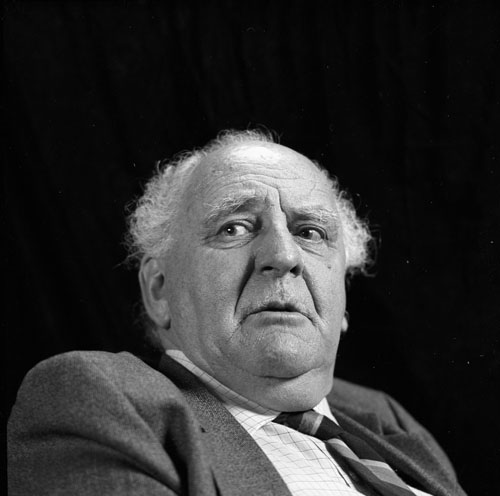


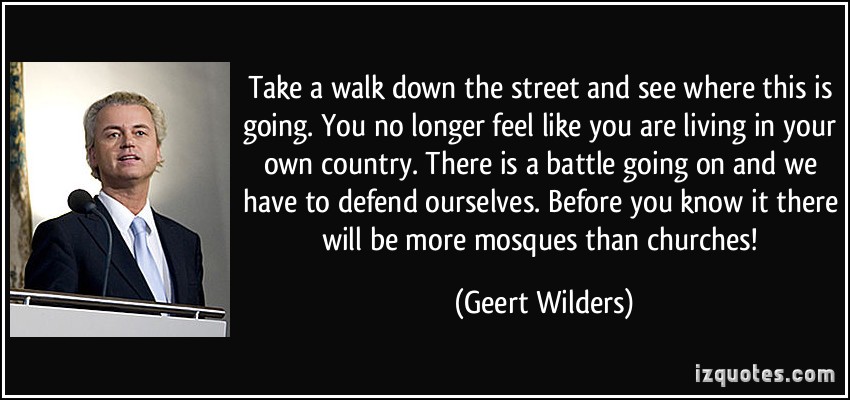






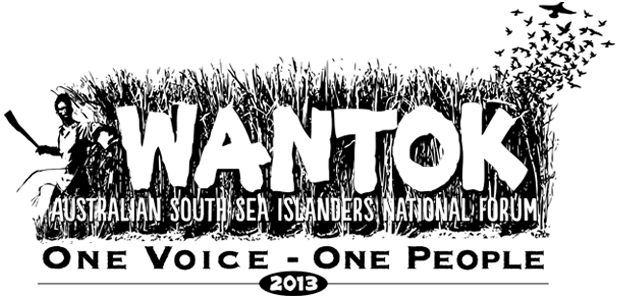



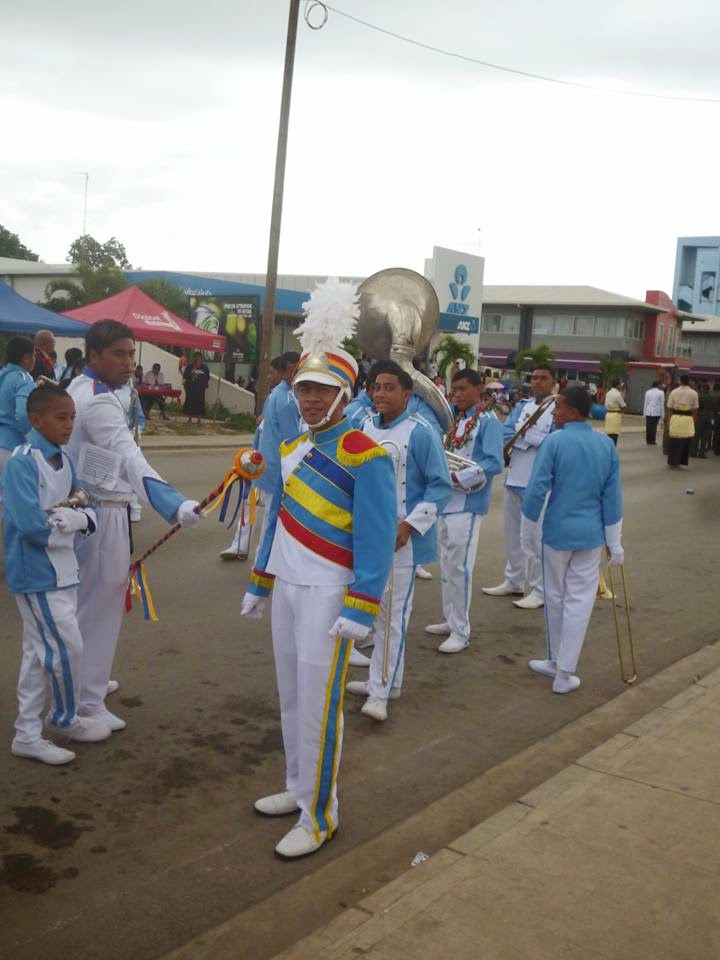










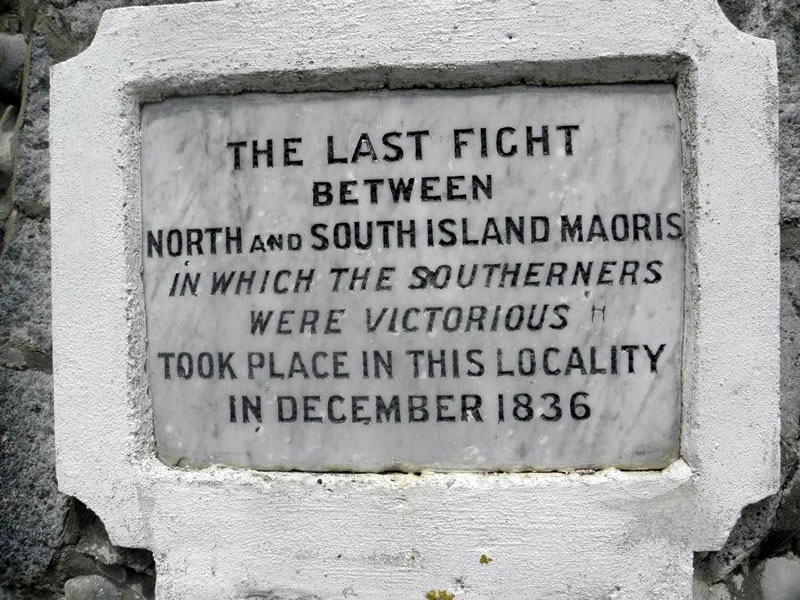



.jpg)














